Bass Fishing Hotspots in Texas That Never Disappoint
The Lone Star State stands as a premier destination for bass anglers, boasting an impressive array of lakes, reservoirs, and waterways that consistently deliver exceptional fishing experiences. Texas’s diverse aquatic ecosystems, coupled with dedicated fisheries management, have created a bass fishing paradise that attracts enthusiasts from across the nation.
Whether you’re targeting lunker largemouth bass, aggressive smallmouth, or the scrappy spotted bass, Texas offers year-round opportunities to land the catch of a lifetime. From the legendary eastern reservoirs to the crystal-clear Hill Country lakes, these proven hotspots consistently reward anglers with both quantity and quality catches that make Texas a bass fishing mecca.
Lake Fork: The Undisputed Champion
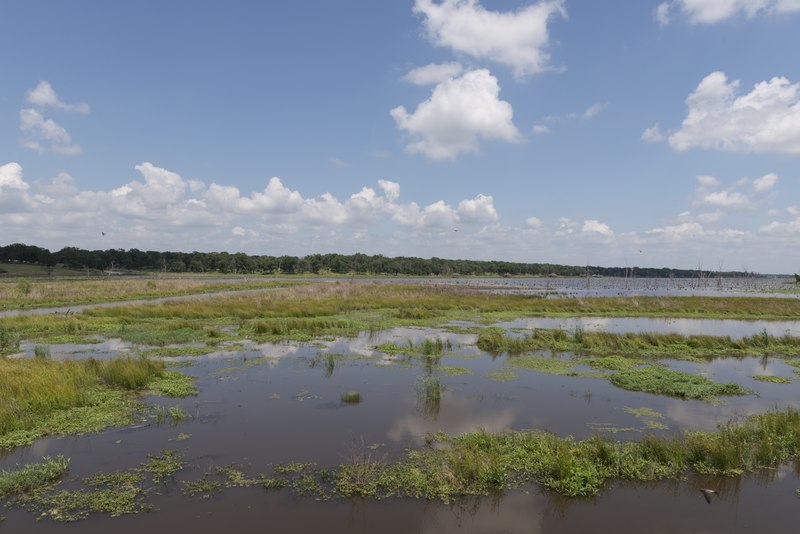
No discussion of Texas bass fishing would be complete without mentioning Lake Fork, widely regarded as the crown jewel of Texas bass fisheries. This 27,000-acre reservoir near Quitman has produced more than 65% of the Texas Top 50 largest bass ever caught, including the former state record 18.18-pound monster. The lake’s abundant timber, flooded brush, and hydrilla beds provide ideal habitat for trophy largemouth bass, with spring and fall offering particularly productive fishing.
Local guides recommend focusing on secondary points and creek channels during seasonal transitions, where bass tend to congregate before and after spawning periods. Even during the challenging summer months, deep-water structure consistently holds quality fish that respond well to deep-diving crankbaits and large plastic worms.
Sam Rayburn Reservoir: The Versatile Giant
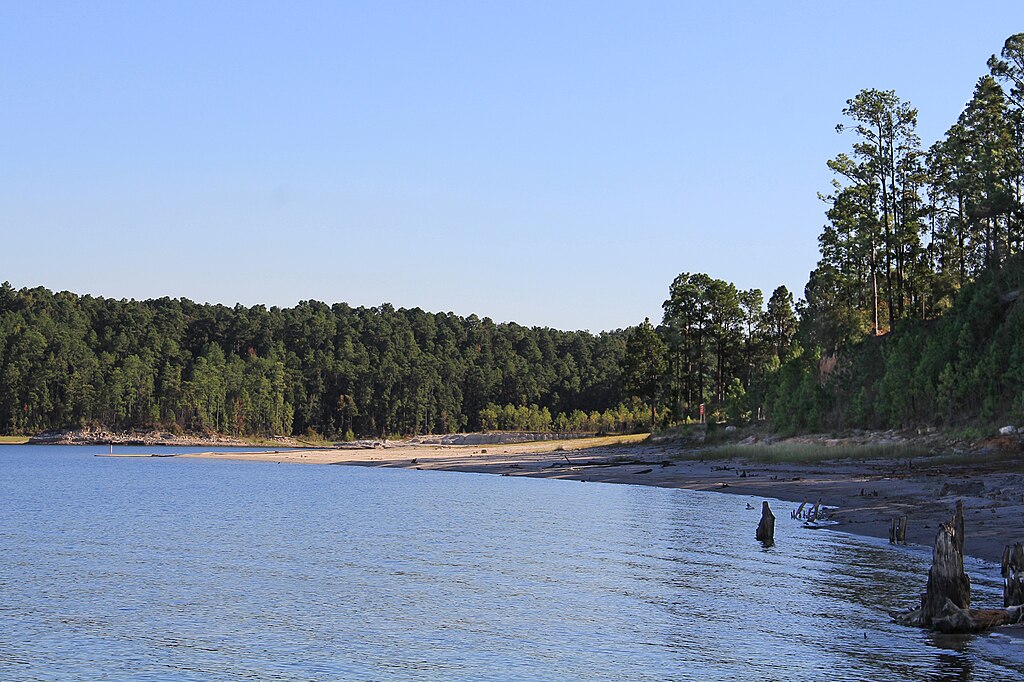
Affectionately known as “Big Sam,” this 114,500-acre impoundment in East Texas offers anglers a diverse fishing experience that produces year-round. The reservoir’s vast size encompasses countless fishing opportunities, from timber-filled coves to expansive flats and deep main-lake structure. Tournament anglers consistently praise Sam Rayburn for its ability to produce both quantity and quality, with five-fish limits often exceeding 25 pounds during prime conditions.
The reservoir’s abundant hydrilla and other aquatic vegetation create perfect ambush points for predatory bass, while numerous creek channels and submerged humps hold fish during hotter months. Recent habitat enhancement projects by Texas Parks and Wildlife have only improved this already stellar fishery, introducing additional brush piles and artificial structures that concentrate fish for anglers.
Toledo Bend Reservoir: The Border Legend
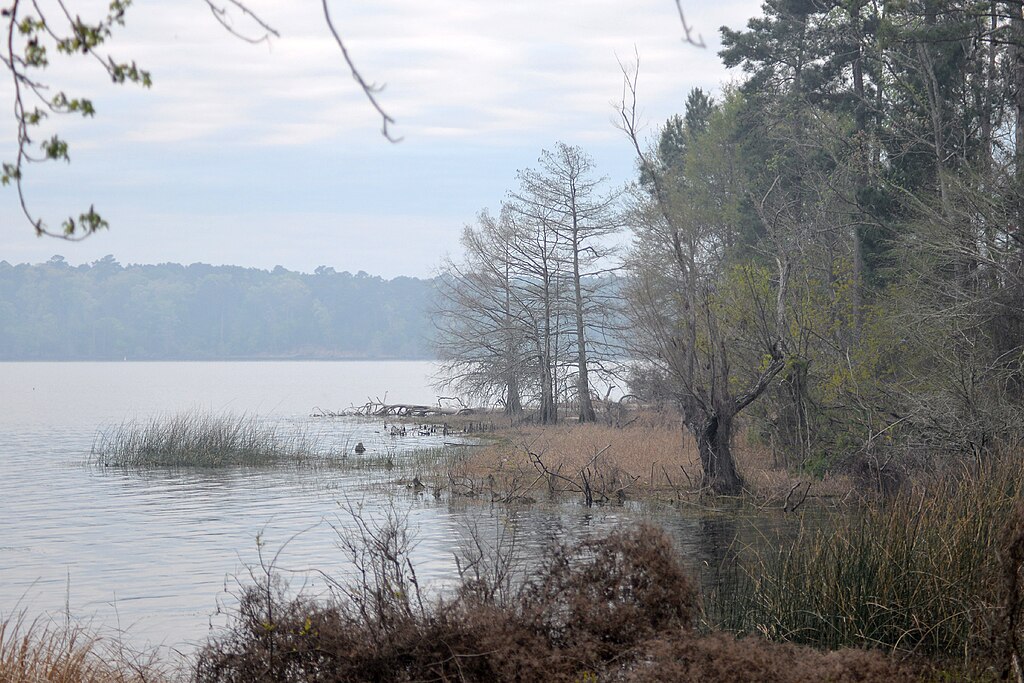
Straddling the Texas-Louisiana border, Toledo Bend’s 185,000 acres represent one of America’s premier bass destinations, earning Bassmaster’s “Best Bass Lake in the Nation” title multiple times. This massive impoundment features endless fishing opportunities with its countless coves, creeks, and main lake structure that consistently produce trophy-class largemouth bass. The reservoir’s diverse habitat includes standing timber, hydrilla beds, lily pad fields, and submerged humps that hold fish throughout the year.
Local anglers particularly target the Housen Bay, Six Mile Creek, and Indian Creek areas, which consistently produce quality bass during both tournaments and recreational fishing trips. Toledo Bend’s reputation for producing both numbers and size makes it a must-visit destination, with many anglers reporting 50+ fish days during peak periods and multiple bass exceeding the 10-pound mark caught annually.
Lake Conroe: The Urban Gem

Located just north of Houston, Lake Conroe proves that proximity to a major metropolitan area doesn’t diminish fishing quality. This 21,000-acre reservoir consistently produces trophy-class largemouth bass, including numerous ShareLunker program entries exceeding 13 pounds. The lake’s combination of abundant riprap, bulkheads, boat docks, and submerged brush piles creates perfect bass habitat throughout the reservoir.
Conroe underwent significant habitat enhancement following the removal of most hydrilla, with Texas Parks and Wildlife Department installing thousands of artificial structures that now concentrate fish for anglers. Local tournament anglers recommend focusing on main lake points and channel swings during winter months, while summer fishing often revolves around deep brush piles and bridge pilings where bass suspend to ambush prey. The lake’s clear water conditions make it ideal for sight-fishing during the spring spawn.
Lake Amistad: The Clear Water Paradise

Straddling the U.S.-Mexico border near Del Rio, Lake Amistad offers a fishing experience unlike any other Texas reservoir with its crystal-clear waters and diverse bass populations. This international reservoir holds thriving populations of largemouth, smallmouth, and striped bass in its 65,000 acres of exceptionally clear water. The lake’s underwater topography features dramatic limestone cliffs, flooded canyons, and abundant rock structure that provide ideal habitat for both largemouth and smallmouth bass.
Anglers particularly prize Amistad for its sight-fishing opportunities during spawn, when bass are clearly visible guarding nests in shallow water along rocky shorelines. During summer months, the deep, clear water still produces excellent fishing with bass often suspending near underwater points and drop-offs, making it one of the few Texas lakes that maintains quality fishing even during the hottest periods.
Lake O’ The Pines: The East Texas Sleeper

Coordinates: 32°46′14″N 94°32′34″W. Image from the U.S. Army Corps of Engineers, photographer not specified or unknown, Public domain, via Wikimedia Commons.
While it doesn’t receive the attention of larger East Texas reservoirs, Lake O’ The Pines consistently delivers outstanding bass fishing with less pressure than its more famous neighbors. This 18,700-acre Corps of Engineers reservoir features extensive timber, creek channels, and vegetation that create perfect bass habitat throughout the system. Local anglers particularly target the upper reaches of the reservoir where the Big Cypress Bayou enters, creating current breaks and nutrient-rich water that attracts baitfish and predatory bass.
The lake’s numerous small islands and points provide excellent structure during seasonal transitions, while the deeper creek channels hold fish during summer and winter extremes. What makes Lake O’ The Pines special is its consistency throughout the year, with quality fish available during all seasons and weather conditions through simple pattern adjustments.
Lake Palestine: The Year-Round Producer

Located near Tyler in East Texas, Lake Palestine delivers consistent bass fishing throughout the calendar year in its 25,500 acres. The reservoir features the perfect combination of timber, vegetation, creek channels, and man-made structure that creates diverse bass habitat throughout the system. The Neches River channel provides an excellent deep-water pattern during summer and winter, while extensive shallow flats and coves become prime targets during spring and fall transitions.
Lake Palestine stands out for its excellent night fishing during summer months, when bass move shallow to feed after dark, providing relief from daytime heat and recreational boat traffic. Local tournaments regularly require 20+ pound bags for victory, demonstrating the lake’s ability to produce both quality and quantity despite its relatively high fishing pressure.
Choke Canyon Reservoir: The South Texas Giant

South Texas anglers treasure Choke Canyon as one of the region’s premier bass fisheries, with its 26,000 acres producing exceptional largemouth bass fishing. This reservoir’s fluctuating water levels create a dynamic fishing environment, with newly flooded brush and timber providing perfect ambush points for predatory bass during high-water periods. The reservoir’s numerous creek channels, submerged humps, and standing timber create an ideal structure for bass throughout the year, while the abundance of shad and tilapia provides an excellent forage base that supports trophy-class fish.
Local guides particularly target the old Frio River channel and its adjacent flats during seasonal transitions, where bass congregate to feed. Choke Canyon’s remote location southwest of San Antonio means it receives less fishing pressure than many other major reservoirs, allowing fish to grow larger and remain less conditioned to common fishing presentations.
Lake Bastrop: The Power Plant Lake

This modest 900-acre reservoir near Austin demonstrates that size doesn’t always determine fishing quality. Lake Bastrop benefits from the warm water discharge from its adjacent power plant, creating a year-round fishery that remains productive even during cold winter months when other lakes slow down. The lake’s abundant hydrilla, lily pads, and other aquatic vegetation provide perfect cover for largemouth bass, while numerous brush piles and standing timber create additional structure.
Local anglers consistently report excellent topwater action during early mornings and late evenings, with buzzbait and frog patterns producing explosive strikes along vegetation edges. What makes Bastrop special is its ability to fish well during traditionally difficult periods, with the warm water discharge area remaining particularly productive during winter cold fronts when bass on other lakes become lethargic.
Lake Livingston: The Diverse Fishery

While often overlooked by bass specialists who focus on Lake Fork or Sam Rayburn, Lake Livingston’s 83,000 acres offer exceptional and diverse fishing opportunities. This Trinity River impoundment features extensive creek channels, submerged humps, and abundant shoreline structure that hold bass throughout the year. The lake’s numerous boat docks, bulkheads, and riprap areas provide consistent fishing patterns that local anglers rely on during tournaments.
Livingston particularly shines during spring when bass move shallow to spawn in protected coves and creek arms, creating opportunities for sight fishing and shallow-water patterns. The lake’s white bass and striper populations create an added bonus, with anglers often encountering these hard-fighting species while targeting largemouth bass, providing variety to any fishing trip.
Lake Travis: The Hill Country Jewel
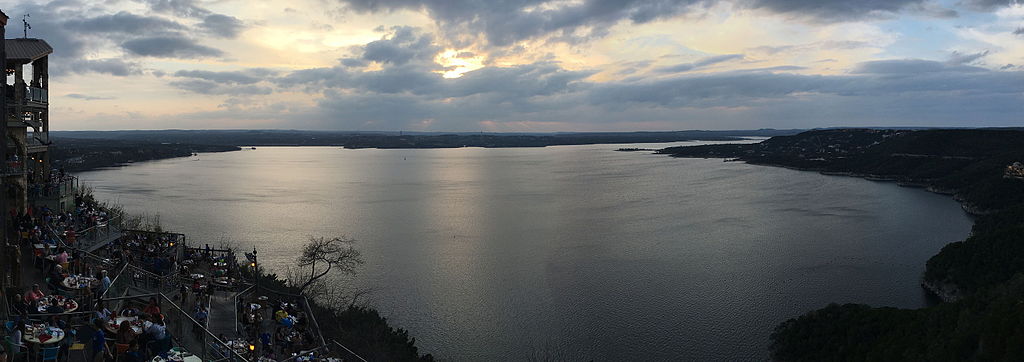
This 18,622-acre Highland Lakes reservoir offers a unique bass fishing experience with its incredibly clear water, steep rocky shorelines, and abundant smallmouth bass population. Unlike many Texas reservoirs that focus exclusively on largemouth bass, Lake Travis provides anglers the opportunity to target both largemouth and smallmouth bass within the same trip. The lake’s numerous rock ledges, submerged humps, and deep water structure hold quality fish throughout the year, though fishing techniques must adapt to the lake’s exceptional clarity.
Local tournament anglers often focus on deeper patterns using drop shots, hair jigs, and finesse presentations that excel in the clear water conditions. Travis particularly excels during winter and early spring when its smallmouth bass population becomes most active, providing fast action when many other lakes slow down.
Falcon Lake: The Border Big Bass Factory
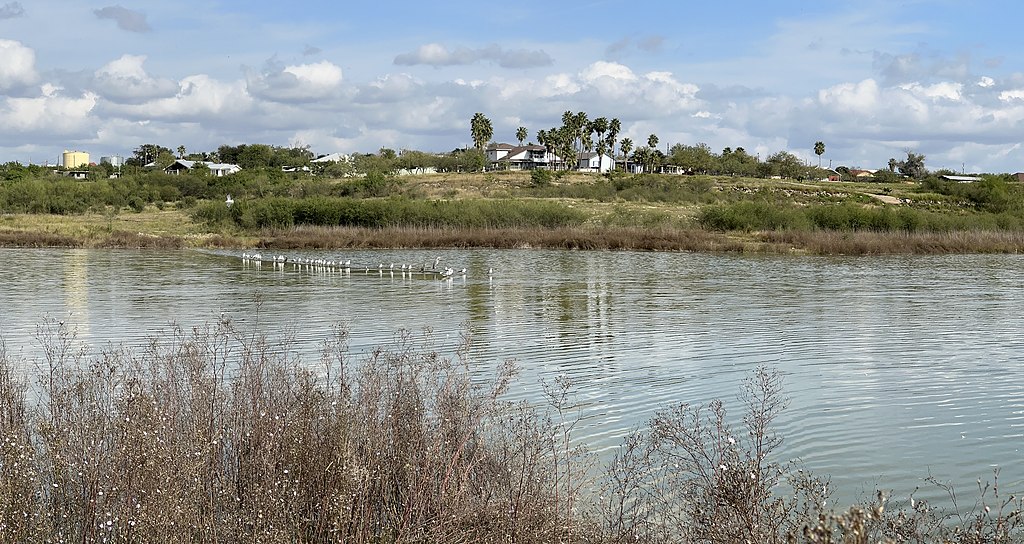
When water levels cooperate, Falcon International Reservoir on the Rio Grande delivers some of the most phenomenal bass fishing found anywhere in the country. This 83,654-acre border lake developed a national reputation after numerous professional tournaments produced record-breaking weights, including four-day tournament totals exceeding 100 pounds. The reservoir’s abundant brush, rock piles, and submerged structure create perfect habitat for largemouth bass, while the warm South Texas climate promotes fast growth rates and year-round feeding activity.
Local guides focus on main lake points, creek channels, and submerged brush during normal water conditions, with presentations often involving heavy tackle to extract bass from the dense cover. Despite fluctuating water levels that occasionally impact fishing quality, Falcon’s ability to produce both tremendous numbers of bass and exceptional trophy specimens keeps it on most serious anglers’ bucket lists.
Lake Texoma: The Multi-Species Mecca
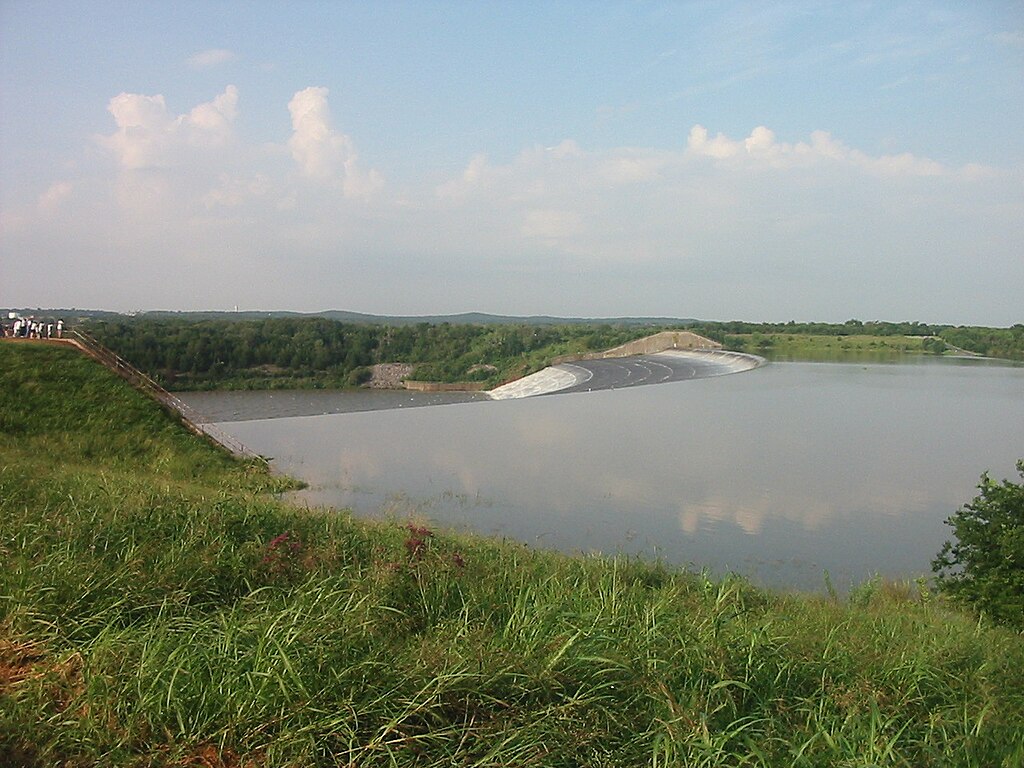
While primarily known for its world-class striped bass fishery, Lake Texoma’s 89,000 acres also deliver exceptional smallmouth and largemouth bass fishing along the Texas-Oklahoma border. The reservoir’s rocky shorelines, numerous points, and submerged humps create ideal habitat for smallmouth bass, with many local anglers considering it Texas’ premier smallmouth fishery. Largemouth bass thrive in the reservoir’s numerous coves, creek arms, and areas with more abundant vegetation and cover.
What makes Texoma special is its ability to produce quality fishing for multiple species on the same trip, with anglers often catching smallmouth, largemouth, and striped bass using similar techniques and locations. The lake’s clear water, particularly in its western portions, creates excellent conditions for finesse fishing techniques that consistently produce quality bass throughout the year.
Texas Bass Fishing: An Angler’s Paradise
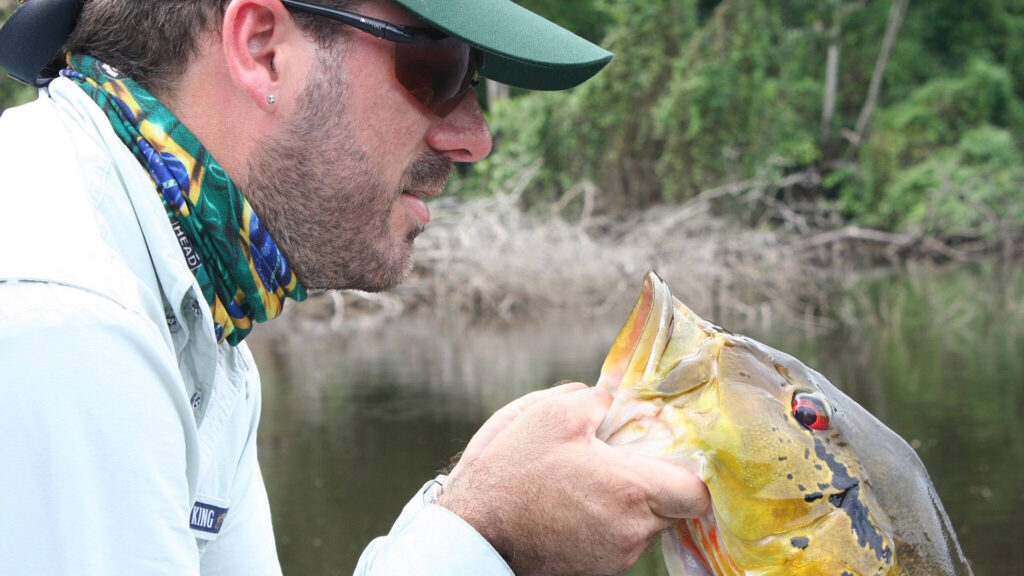
Texas rightfully claims its position as one of America’s premier bass fishing destinations, with its diverse and well-managed reservoirs consistently producing both trophy specimens and excellent numbers of fish. From the timber-filled waters of East Texas to the crystal-clear reservoirs of the Hill Country and the warm-water fisheries of South Texas, anglers find productive waters throughout the state in every season.
What makes these Texas hotspots special isn’t just their ability to produce memorable fishing during ideal conditions, but their consistency throughout the year and their capacity to deliver quality fishing even during traditionally difficult periods. Whether you’re a tournament angler seeking competition-winning bags or a recreational fisherman looking to experience the thrill of landing trophy bass, these proven Texas hotspots never disappoint.


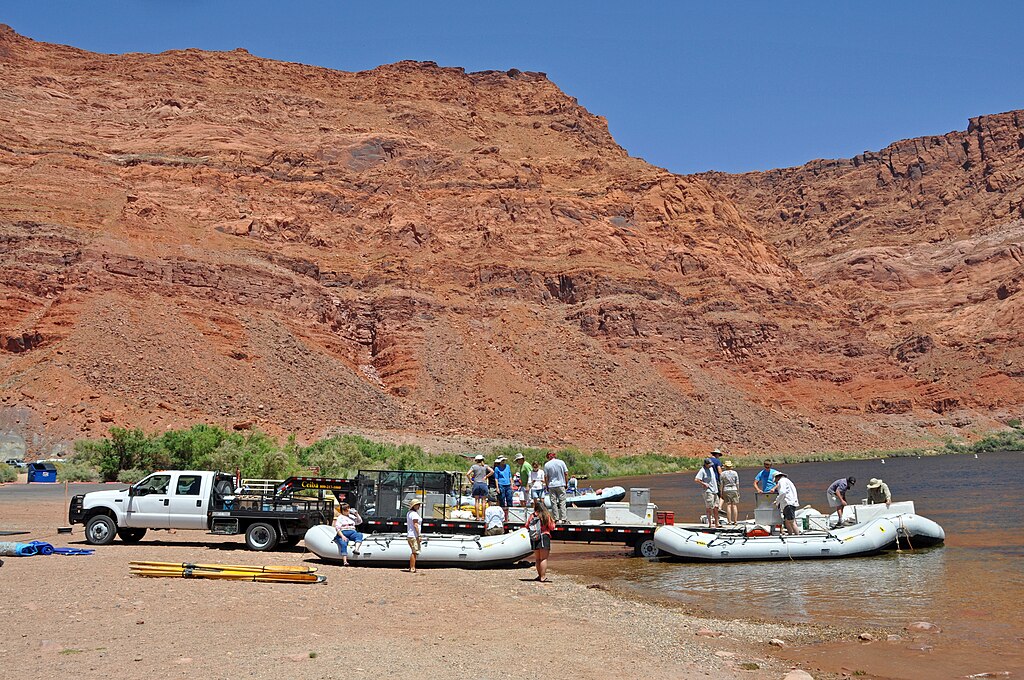











Post Comment